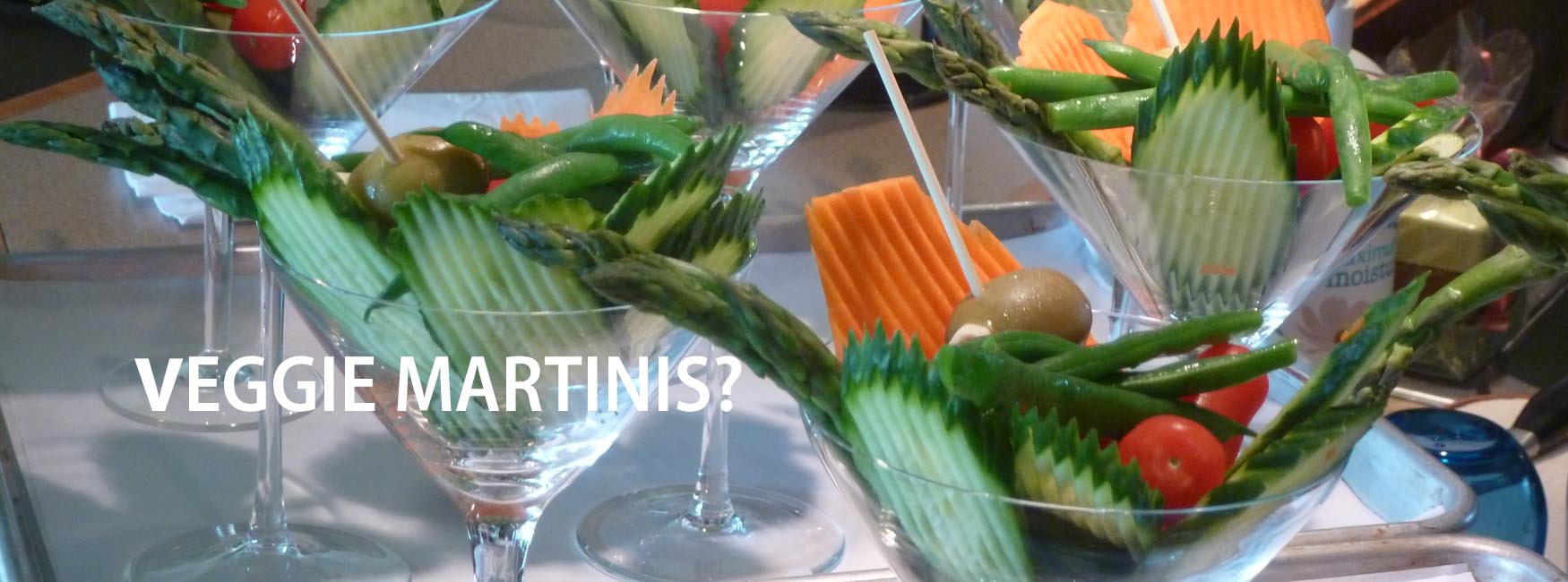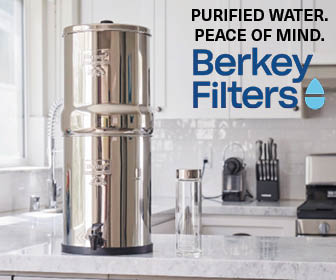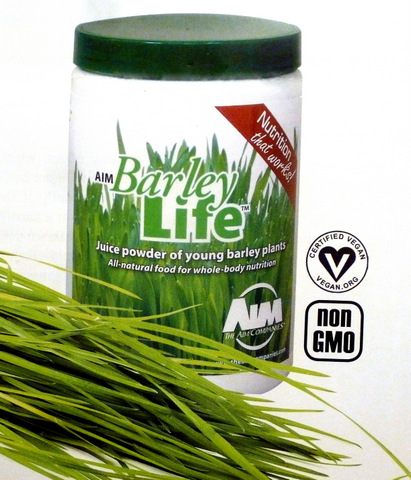Food With Antioxidants: The Road to Good Health
When you compare plant food with antioxidants to meat, dairy, fish and eggs, plants have a whopping 64 times the antioxidants on the average than animal products. Wow, that is a big number! Grandma knew what she was talking about when she told us to "Eat your vegetables!".
I guess we ought to start off with finding out what antioxidants really are. Antioxidants are molecules that neutralize the damaging effects of oxidation in the cell.
A carbohydrate is hydrated carbon or carbon and water. This is what plants use to produce carbs that is the energy that runs the body and brain. As a result of this energy production or oxidation, the body produces free radicals that cause cell damage and aging. The body makes most of its antioxidants with the exception of vitamins C, E, and A.
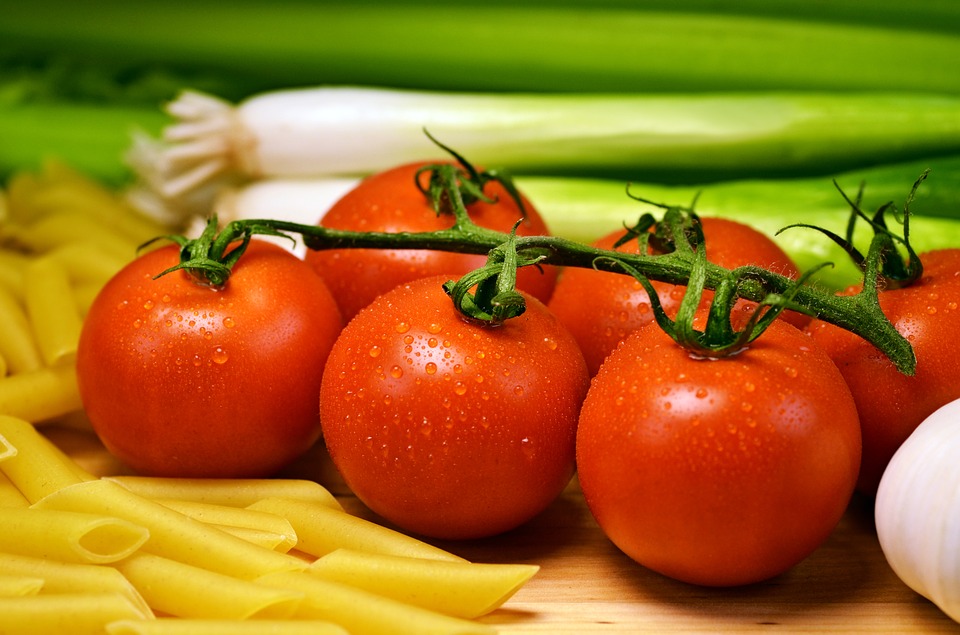 Eaten raw or cooked, these beautiful tomatoes are so easy to include in your diet.
Eaten raw or cooked, these beautiful tomatoes are so easy to include in your diet.Here is a chart that indicates the best source of these necessary vitamins.
|
Antioxidant vitamins |
Foods containing high levels of antioxidant vitamins |
|
Vitamin C (ascorbic acid) |
Fresh or frozen fruits and vegetables |
|
Vitamin E (tocopherols, tocotrienols) |
Vegetable oils, nuts, and seeds |
|
Carotenoids (carotenesas provitamin A) |
Fruit, vegetables and eggs |
The USDA reports that "Sufficient scientific evidence exists for public health policy to promote a plant-rich diet for health promotion."
They included the following statement in their conclusion " Antioxidant-rich foods originate from the plant kingdom while meat, fish and other foods from the animal kingdom are low in antioxidants. Diets comprised mainly of animal-based foods are thus low in antioxidant content, while diets based mainly on a variety of plant-based foods are antioxidant rich due to the thousands of bioactive antioxidant phytochemicals found in plants."
How can we increase our intake of food with antioxidants?
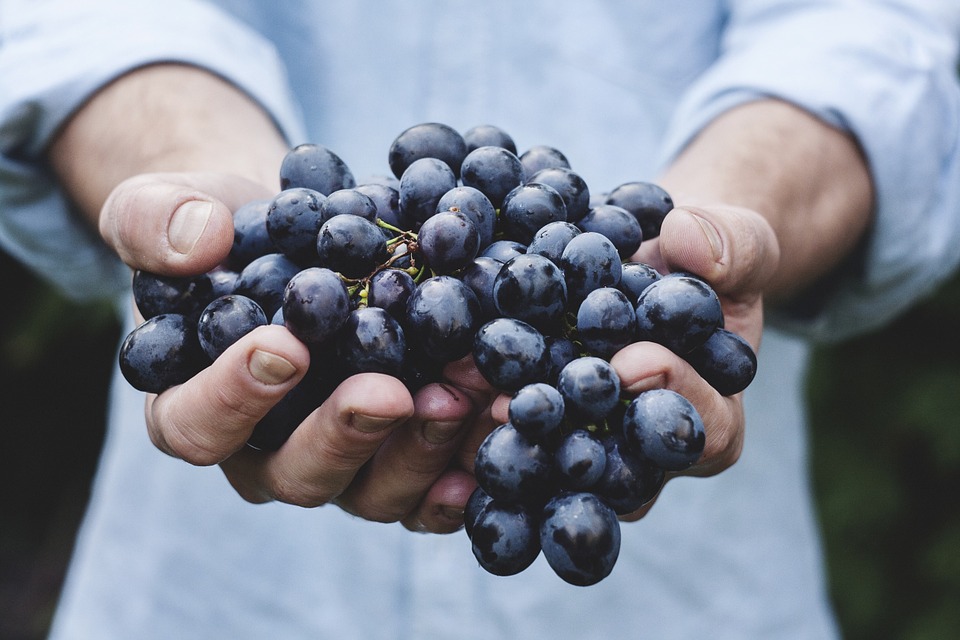 Diets based mainly on a variety of plant-based foods are antioxidant rich.
Diets based mainly on a variety of plant-based foods are antioxidant rich.We now know that antioxidants (AO) is the "good stuff" to eat. We also know that if we are to increase our levels of antioxidants we have to consume fruits and vegetables. We need food with antioxidants every day to neutralize the oxidation from free radicals.
Males consuming 2,500 calories a day need 11,000 micromoles and women need about need about 8,000 per day with 1,800 calories burned. Most Americans don't even get half this much. Some medical professionals say we are a nation in chronic oxidative deficit.
AO Values for Food
Here is a short 3:44 minute video of the AO content of the Standard American Diet (SAD) by Dr. Michael Greger of NutritionFacts.org. See where you stand.
ORAC is a lab test that stands for Oxygen Radical Absorbance Capacity. It measures the antioxidant capacity in food. It has not been tested in human trials and is valid in vitro or lab test only. It gives you a look at the relative values of food with antioxidants.
There are thousands of antioxidants in plants that have not yet been discovered. There are many different tests that identify antioxidants. ORAC is considered the best of the lot. Here are a few examples. All ORAC values in the following chart are expressed in micromoles.
FRUITS
ORAC VALUE
VEGETABLES
ORAC VALUE
Prunes
5,770
Kale
1,770
Raisins
2,830
Spinach, raw
1,260
Bluberries
2,400
Brussels sprouts
980
Blackberries
2,036
Alfalfa sprouts
930
Cranberries
1,750
Spinach, steamed
909
Strawberries
1,540
Broccoli florets
890
Pomegranates
1,245
Beets
841
Raspberries
1,220
Red Bell pepper
713
Plums
949
Onion
450
Oranges
750
Corn
400
Grapes, red
739
Eggplant
390
Cherries
670
Cauliflower
377
Kiwi Fruit
602
Peas, frozen
364
Grapes, white
446
White potatoes
313
Cantaloupe
252
Sweet potatoes
301
Banana
221
Carrots
207
Apple
218
String beans
201
Apricots
164
Tomato
189
Peach
158
Zucchini
176
With nearly all vegetables, conventional boiling can reduce the ORAC value by up to 90%, while steaming retains more of the antioxidants.
Some of the lowest ORAC rated foods. Here is brief look.
- Salmon, raw 30
- Fried Chicken with skin 50
- Whole Egg 20
- Beef Steak 10
- Egg Beaters 0
- Miller Lite Beer 90
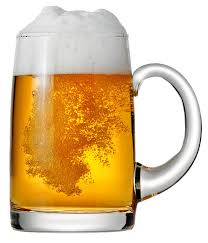 A source of antioxidants!
A source of antioxidants!Would you ever guess that beer is the 5th largest source of antioxidants in the SAD (Standard American Diet) and it beats out beef, salmon, and fried chicken? If you are interested in checking out more antioxidant values, here is a link to over 3,100 foods.
If we do not consume food with antioxidants with each meal, we flip over into the oxidative free radical state that will sooner or later result in health issues. Free radicals can oxidize lipids (fats) in the blood stream and cause heart disease.
In the modern diet that is heavy in refined sugars, oxidative stress is not held in check. Only when we eat fruits and vegetables do we get accompanying antioxidants that naturally neutralize free radicals. Every meal should have enough AOs to counteract oxidation during digestion.
Before man started refining sugar from plants, all the AOs that were needed came within the fruit and veggies to keep things in order. Your body has a backup supply of antioxidants, but you don't want to have a continual deficit of AOs.
If you have a stressful event, the AO levels in your body can fall dramatically within 2 hours of the event. It may take 3 days or more to rebuild to normal levels. If you are sick, stressed or tired, you should go beyond the normal level of AOs. Use the high powered food with antioxidants on the list like berries and maybe even drink cups of green tea throughout the day.
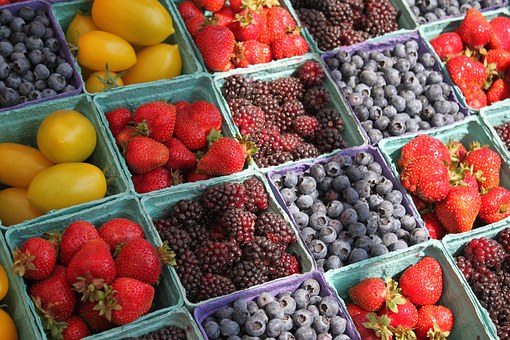 Learn to enjoy the simple bounty of nature's fruit.
Learn to enjoy the simple bounty of nature's fruit.In the final analysis, the easiest way to get adequate antioxidants is to add a fruit such as a few grapes to each meal and a few nuts or seeds once a day.
You now know that most Americans have a deficit of food with antioxidants. Stay away from refined sugars that cause oxidative stress. Correcting the situation is relatively easy. Just enjoy the simple bounty of nature's fruit and vegetables with all of your meals.
More about the power of food...
- Reverse Heart Disease - When correctly fueling the miraculous self-healing body, it will perform its duty of returning to a state of good health.
- Reverse Type 2 Diabetes - Eighty percent of type 2 individuals completely eliminate all medication when attaching this malady with a plant based diet and lifestyle.
- How Long Will You Live - A study shows you can add 12 to 14 years to life expectancy.
- Stay Young with Beet Nutrition - Lower you blood pressure, increase the blood flow to your brain and improve your exercise strength and durability.
- Benefits of Tofu - The benefits are numerous and include anti-cancer elements and overall longevity.
- Green Tea Nutrition - It has been used medicinally for its antioxidant qualities and blood pressure control for hundreds of years.
- Natural Remedies for Arthritis - include identifying and eliminating foods that are causing the problem.
- Macular Degeneration Symptoms - can be blurred vision, straight lines will waver, depth perception is altered - just to name a few.
